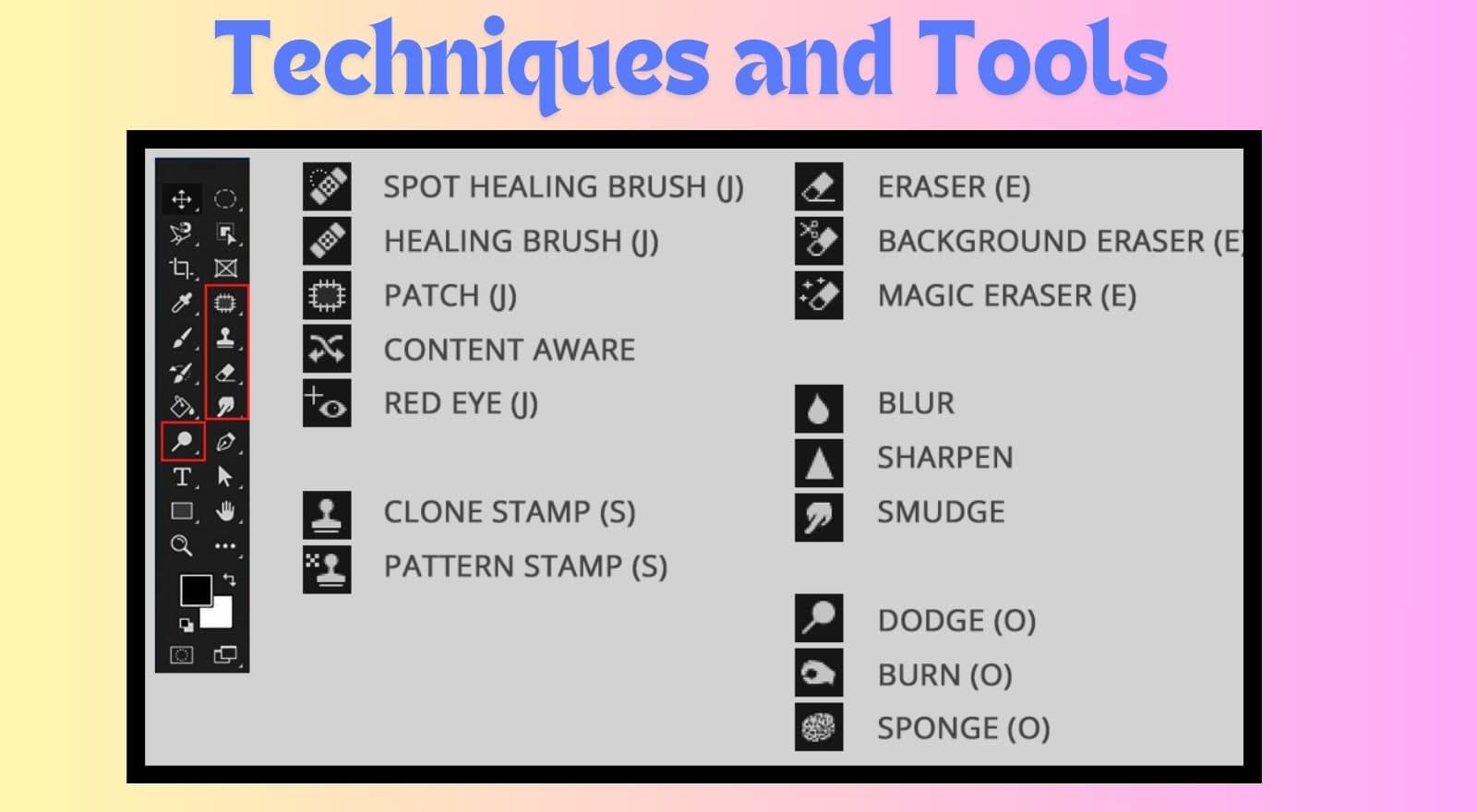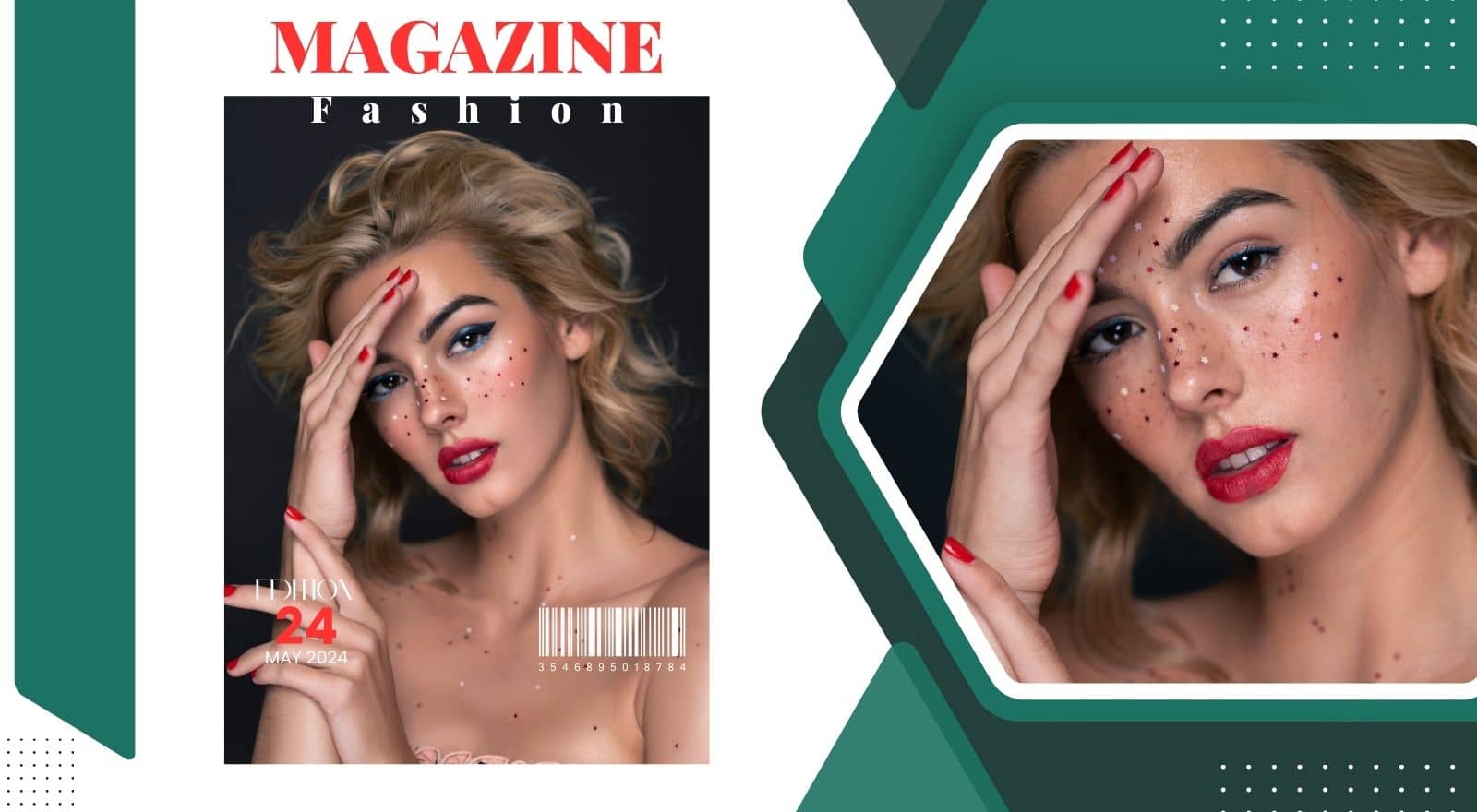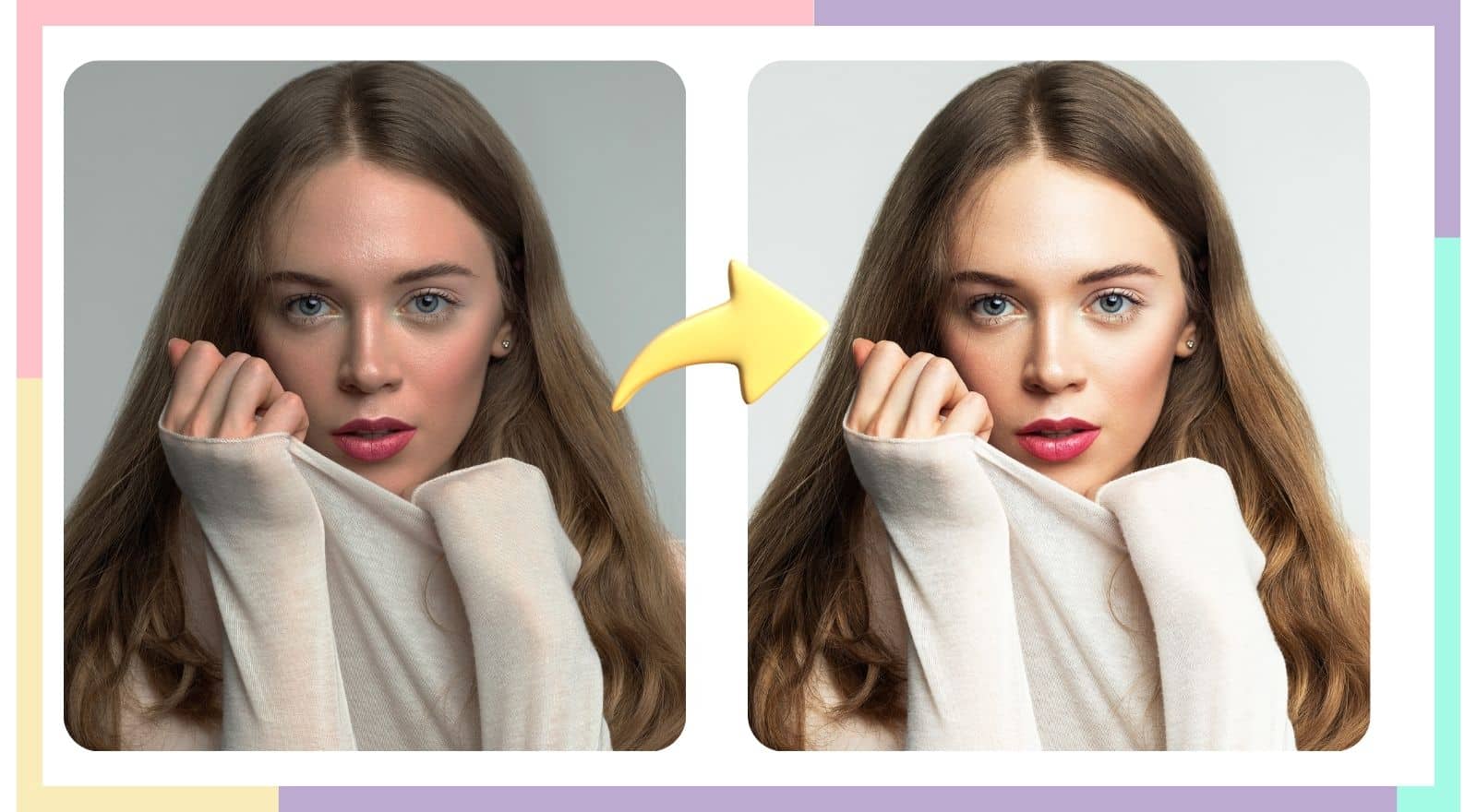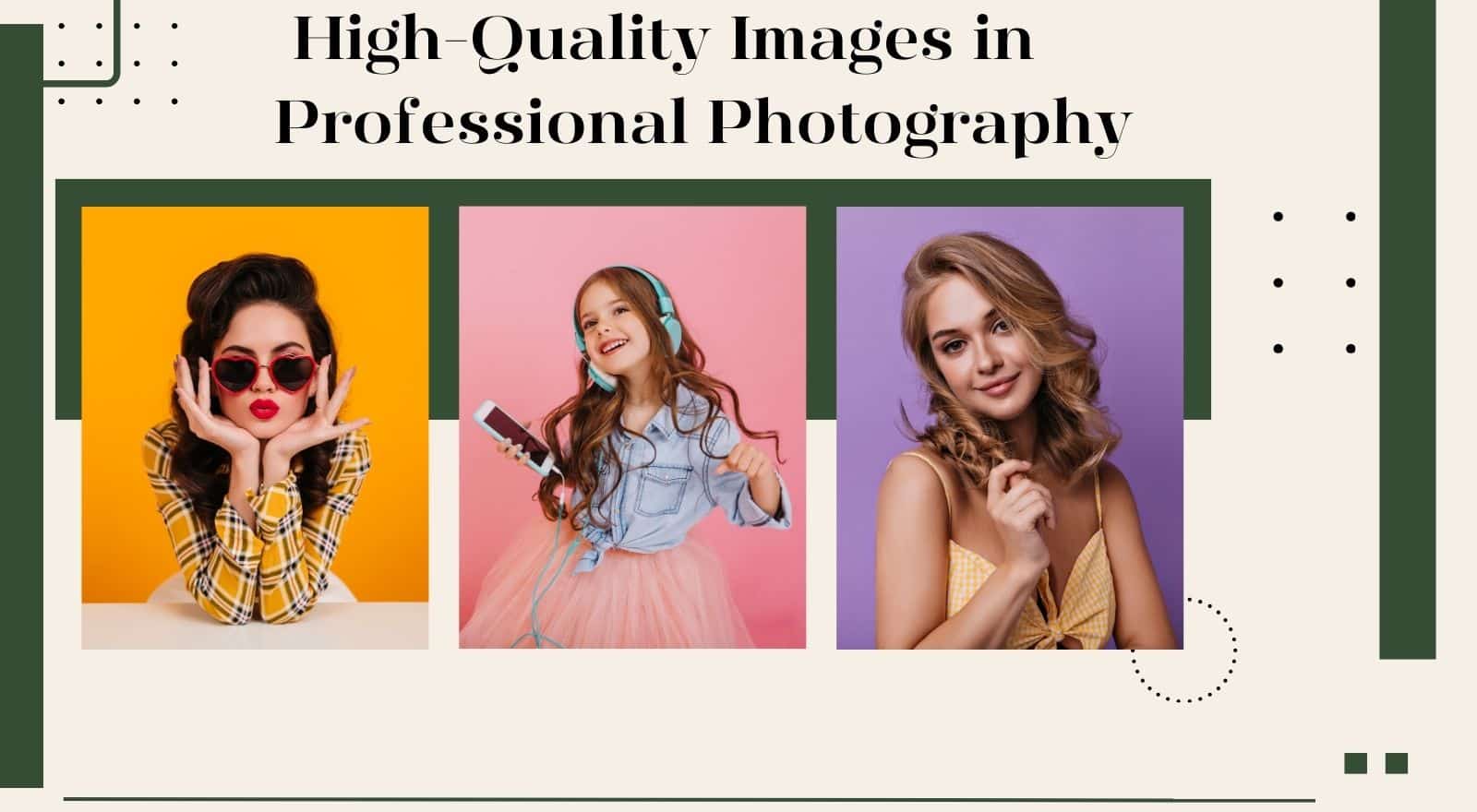Did you know that by 2024, 68% of adults edited their photos before sharing them online? This trend highlights the growing importance of professional retouching in our digital lives. Many professionals appreciate how it can create eye-catching and consistent images.
Professional photo retouching has evolved from darkrooms to advanced technology. Now, it boosts social media engagement by up to 50%. A refined image, therefore, enhances your brand and helps you connect with your audience.
Editing photos can make them more attractive and boost your brand. It helps remove flaws, adjust colors, and highlight features. With better images, you attract more clients and showcase your work and marketing better.
The Art of Professional Retouching
Professional Photo retouching has evolved from darkroom work to digital art. Now, we have software with many tools to enhance our photos. This progress makes it easier and more fun to bring our creative visions to life.
Professional Photo Retouching Techniques and Tools
A popular photo retouching technique is color correction. It adjusts colors to make an image vibrant and lively. Other photo retouching tools, like the spot healing brush, let photographers remove blemishes, wrinkles, and unwanted objects. This puts the focus on the subject. Industry pros rely on powerful programs like Adobe Photoshop and Lightroom. They offer many advanced features and functions.
Various brushes and filters can create many effects in an image, ranging from subtle to dramatic. For example, a blur effect can soften backgrounds. This directs focus to certain parts of the image and adds depth. It’s especially useful in portrait photography, enhancing and highlighting the subject’s features.
Importance in Professional Photography
In professional photography, retouching is key to high-quality images. It ensures consistency and a polished look in portfolios. Also, retouched photos boost a photographer’s reputation. They reflect skill and attention to detail.
A fashion magazine’s cover shoot often uses airbrushing to set a high beauty standard. This makes readers want to look like flawless models. Vibrant colors and smart cropping help advertisers highlight specific products. This technique makes the products seem almost irresistible to buyers. It aims to perfect the model’s skin tone and enhance the clothing colors. The result? A visually stunning image that drives sales.
Enhancing Visual Appeal Through Professional Retouching
Photo retouching significantly improves image quality. It’s akin to renovating a house. Just as a new coat of paint revives a space, Professional retouching enhances images. It adds vibrant colors, sharp details, and balanced lighting. This process turns simple photos into captivating art. Essentially, it transforms average pictures into stunning masterpieces.
Color Correction: The Magic Behind Vivid Images
Color correction is a key in the field of Professional photo retouching methods that modify hues, saturation, and brightness to create striking images. Photographers use it to make photos stand out and tell captivating stories. For instance, a dull sunset lacks appeal. Color correction enhances such images, making them more engaging and memorable.
Photographers now have many tools in editing software. These tools balance colors and make photos more natural, authentic, and captivating. For example, a photographer can use color grading to create a mood. A warm golden tone, for instance, can enhance a romantic wedding photo.
Removing Blemishes: The Art of Flawless Portraits
Blemish removal is a retouching technique that creates flawless, magazine-worthy photos. This technique erases spots, wrinkles, and imperfections. It leaves skin smooth and radiant. Skin retouching is a must in portrait photography, especially for weddings.
Even the most minor changes can have a significant impact. A clean, smooth image often exudes professionalism, making it a popular choice for clients. For example, removing a few acne spots or softening fine lines can greatly improve a portrait. It gives the subject a confident, radiant glow.
Adding Effects
Visual effects can really brighten up a photo. A soft glow or a touch of dramatic contrast can give your image a whole new vibe. These effects help set the tone and mood, making your photo even more special.
Filters are another fun option to explore. They can change the time of day or add a unique artistic touch. This flexibility boosts photographers’ creativity, making their visuals more appealing. Now, you can experiment with effects to find what suits your style best.
The Positive Effects of High-Quality Images in Professional Photography
High-quality images play a vital role in professional photography. They draw in more clients and create exciting opportunities. Great photos also help photographers showcase their best work in a strong portfolio.
In the advertising world, polished photos are key. They make products look more inviting to consumers. This can lead to increased sales and greater brand awareness.
Photojournalists greatly value high-quality images too. Clear and vibrant photos tell stories in a powerful way. They grab the viewer’s attention and stir emotions.
Additionally, wedding and event photographers thrive with excellent images. Clients hope for beautiful memories of their special moments. High-quality photos not only meet these expectations but also encourage client satisfaction and future recommendations.
The Rule of Professional Retouched Photos in Personal Branding
Retouched photos play a key role in personal branding. They help individuals show their best selves to the world. High-quality images can leave a positive and lasting impression.
On social media, retouched images really shine. Great photos boost followers for influencers and professionals. Aesthetic appeal grabs the audience’s attention.
Consistency is also crucial for branding. Retouched photos help create a cohesive look across different platforms. This can strengthen your personal identity and make you more recognizable.
For job seekers, having a professional photo is important. A well-retouched profile picture on LinkedIn can set you apart. It shows confidence and professionalism to potential employers.
Entrepreneurs can also gain from using quality images. Retouched photos help build trust with potential clients. They add credibility to both personal and business profiles.
In summary, retouched photos are a valuable tool for personal branding. They enhance your visual appeal, ensure consistency, and help build trust. Investing in professional retouching is a smart choice. It helps anyone seeking personal and professional growth.
Photo Retouching and Social Media Engagement
Professional retouching boosts social media engagement. High-quality, striking images attract more likes, shares, and comments. This increased interaction can quickly grow your online presence.
People are naturally drawn to bright, polished photos that pop with color and detail. These images stand out in busy social media feeds. The more appealing your pictures are, the more likely others will share them.
Retouched photos also help tell a story. Great visuals can capture emotions and keep people’s attention. For influencers, this means building stronger connections with their audience.
Businesses can gain a lot from using quality images. Retouched photos can enhance their brand image and attract new customers. They help create a consistent and professional look across all social media platforms.
Small changes, like brightening colors or adding sharpness, can greatly enhance a photo’s appeal. These minor edits can lead to better engagement metrics.
Investing in Professional retouching is smart for boosting your social media. It makes your visuals more appealing, encourages interaction, and strengthens online connections. The time and effort you put into retouching will show in your engagement rates.
Conclusion
Professional retouching helps both people and businesses. It makes photos better for portfolios, marketing, and social media. Hiring experts saves time and results in images that draw attention. They remove flaws, boost colors, and refine details. The result? Good photos become outstanding, leaving a lasting impression.









